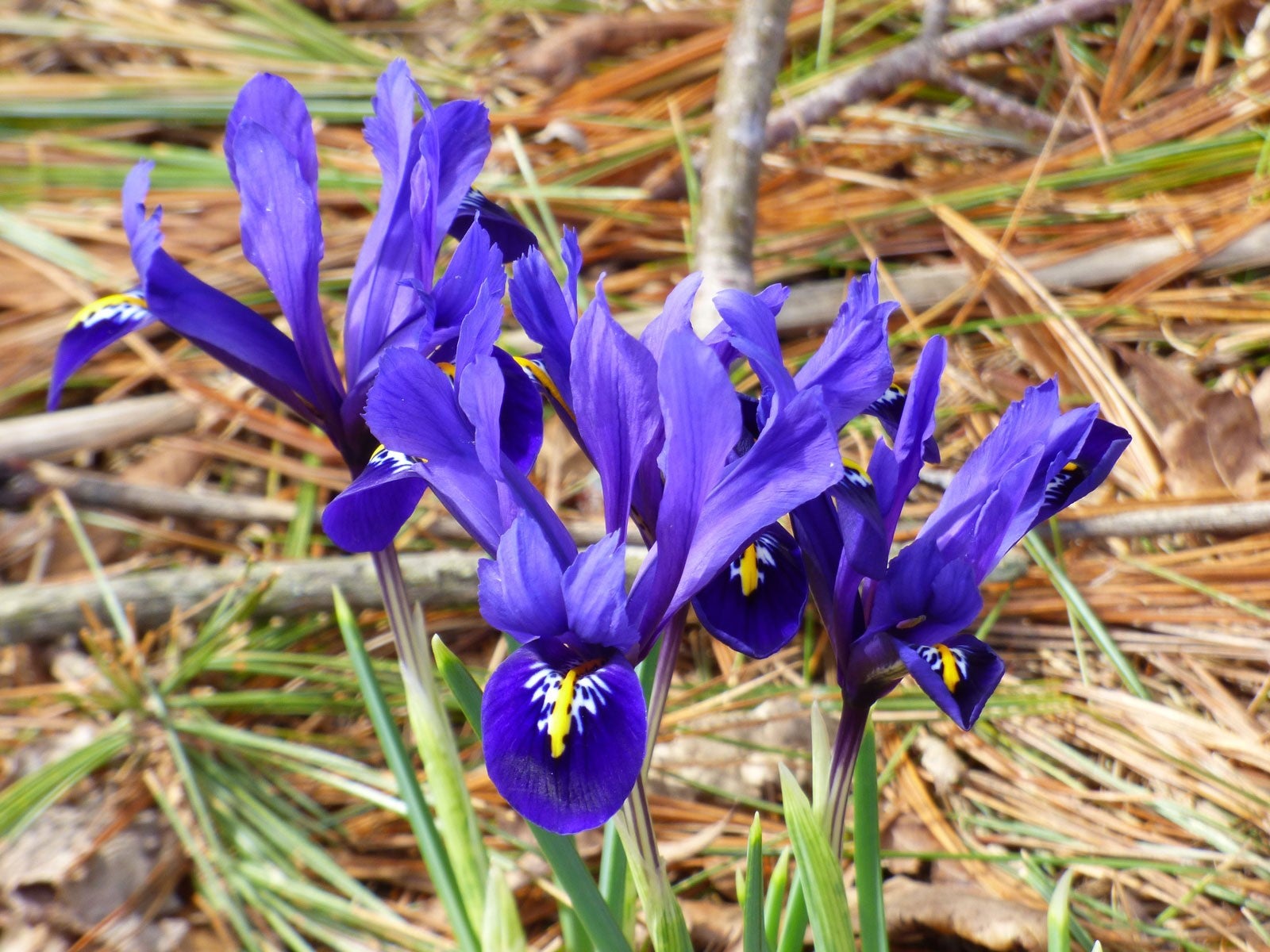
Looking to add some color to the early blooming crocuses and snowdrops? Try growing reticulated iris flowers. What is a reticulated iris? Read on to learn about reticulated iris care and related reticulated iris information.
What is a Reticulated Iris?
Reticulated iris (Iris reticulata) is one of 300 species or so of iris flowers. It is native to Turkey, the Caucasus, Northern Iraq, and Iran.
Reticulated iris flowers are small blooms of between 5 and 6 inches (13-15 cm.) in height. Each bloom has six upright petals called standards and three hanging petals, which are called falls. This iris is prized for its purple to blue, gold accented blossoms. Foliage is green and grass-like.
Additional Reticulated Iris Information
Named for the net-like pattern on the bulb’s surface, reticulated irises are a better harbinger of spring than crocuses. Unlike crocus, reticulated iris bulbs stay at the depth they were planted, thus giving a more realistic idea of the soil’s temperature.
The blooms are quite showy and make good cut flowers. They are said by some to be quite fragrant. Reticulated iris flowers are deer and drought tolerant and accept planting near black walnut trees.
Reticulated Iris Care
Reticulated iris flowers can be grown in USDA zones 5 to 9. They look their best when planted in masses either in rock gardens, as borders, and along walkways, streams, or ponds. They can be forced in containers as well.
Growing reticulated iris flowers is easy. They are tolerant of both full sun to partial shade in average well-draining soil. Plant the bulbs 3 to 4 inches (8-10 cm.) deep spaced 4 inches (10 cm.) apart in the fall.
Sign up for the Gardening Know How newsletter today and receive a free copy of our e-book "How to Grow Delicious Tomatoes".
Reticulated irises are propagated primarily through division. Bulbs tend to separate into bulblets or offsets after blooming. If flowering has declined, dig up the bulbs and remove (divide) the offsets post-bloom.
Reticulated irises are easy to grow plants that have few serious disease or insect problems, although fusarium basal rot is an infrequent occurrence.

Amy Grant has been gardening for 30 years and writing for 15. A professional chef and caterer, Amy's area of expertise is culinary gardening.
